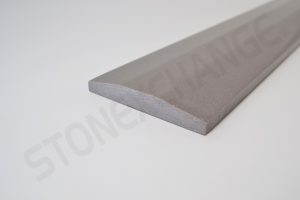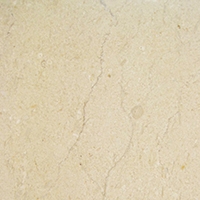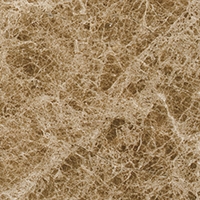 There is no question that the home builders and homeowners must do their part to reduce their collective carbon footprint as much as possible. Residential development and interior design have traditionally been considered as not being environmentally conscious activities, but things are changing in the 21st century. Green construction guidelines are now a matter of compliance across the United States, and there is a strong inclination towards choosing construction materials that are as sustainable as possible.
There is no question that the home builders and homeowners must do their part to reduce their collective carbon footprint as much as possible. Residential development and interior design have traditionally been considered as not being environmentally conscious activities, but things are changing in the 21st century. Green construction guidelines are now a matter of compliance across the United States, and there is a strong inclination towards choosing construction materials that are as sustainable as possible.
Sustainability in Residential Thresholds
In the past, door saddles have been made from a variety of materials. Thresholds made of hardwood, for example, were popular in 19th-century European construction, and they were often carved with fancy designs. In North America, aluminum thresholds used to be installed in commercial structures where transitions were needed between carpeted spaces. Over the last two decades, however, residential thresholds have been increasingly made from natural and engineered stone, and there are good sustainable aspects in their favor.
Natural Stone Thresholds
Some people believe that natural stone flooring tiles and countertops are not eco-friendly, and their rationale is that quarries essentially extract natural resources from the Earth’s crust. What should be added and clarified with regard to this assertion is that quarrying and masonry processes have been refined to reduce their carbon footprints as much as possible.
Let’s say a farmer sees that an avocado tree in her property has aged to the point of no longer bearing fruit and inviting termite colonies. Upon deciding that the tree should be cut down, the farmer first gathers a few tree saplings to plant and replace the old tree; then she decides to use as most as the foliage as possible to dump into a compost pit for fertilizer. Finally, since avocado firewood is soft and burns easily, the trunk and branches will have a purpose. The tree is gone, but it has been treated to maximum utility.
At quarries around the world, a situation similar to the aforementioned avocado tree take place on a daily basis. Making the most out of every stone block extracted is a priority, and this is how marble thresholds are made. When slabs are cut to make countertops and tiles, the remnants are set aside to make window sills and thresholds, thus making sure that every piece if fully utilized.
Engineered Stone Thresholds
Pure White Thazoz thresholds distributed by Stonexchange are made of engineered stone, a construction material commonly referred to as “quartz.” Engineered stone is made from natural stone fragments gathered from quarries where extracting blocks results in rock fragmentation. These loose pieces are gathered to fabricate quartz slabs, which are subsequently cut into thresholds, thus effectively recycling natural stone fragments that would not be used otherwise.
Learn More About Stone Residential Thresholds from Stonexchange
Now that you know natural and engineered stone thresholds are more durable and eco-friendly when compared to aluminum, wood, and laminate materials, you can contact Stonexchange in South Florida about our boxes and crates of elegant door saddles that have been honed and polished to a glossy finish.









